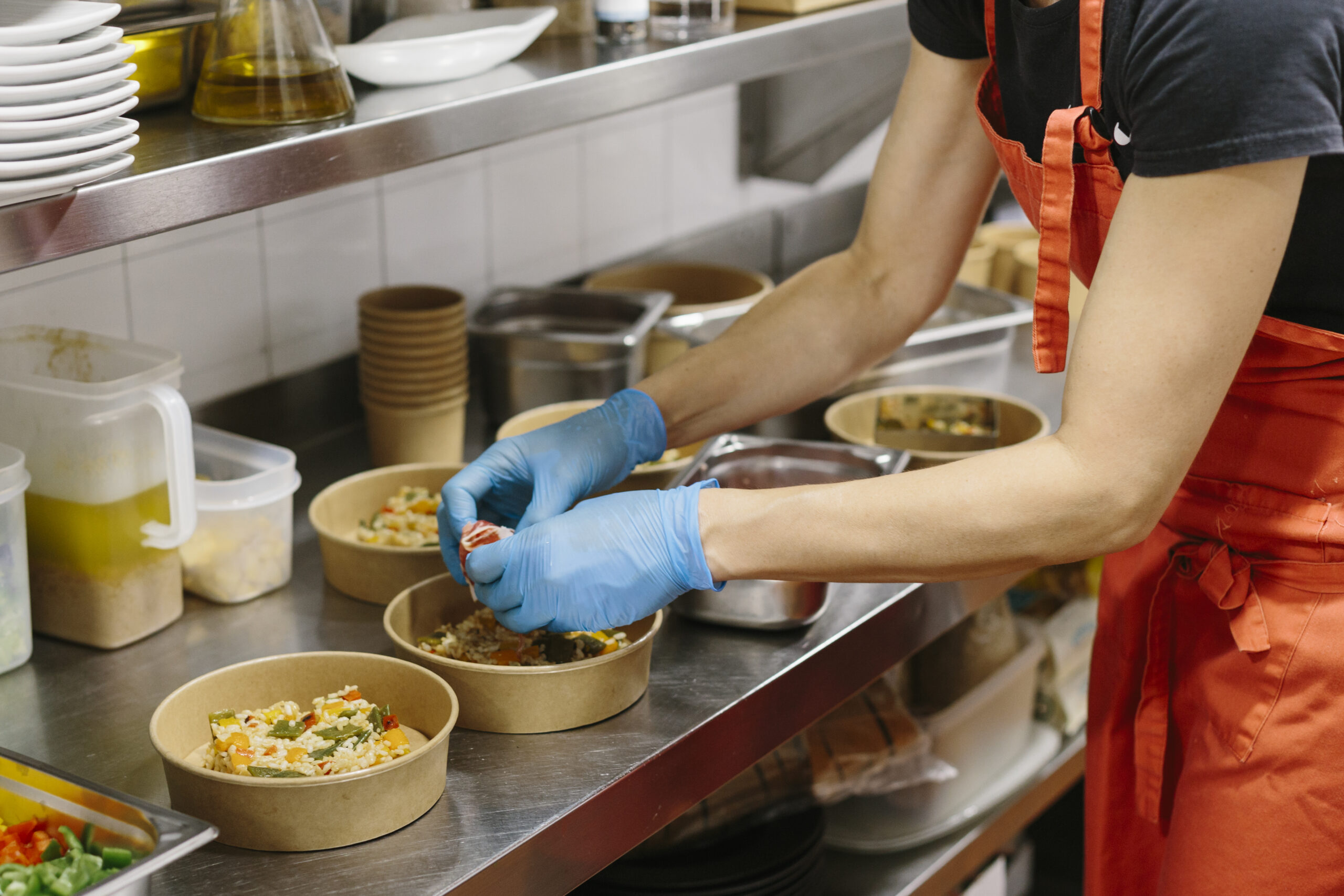The opportunity to be your boss in the food service industry can seem like a dream come true. There are a lot of rules and regulations concerning food safety that restaurants need to remember. Customers could get sick from eating unsanitary food, and your business could fail or be shut down if you don’t follow proper food safety procedures.
To ensure the health and safety of your customers and keep them coming back, it is important to keep in mind a wide range of food safety issues, from kitchen hygiene to employee education. And the commercial restaurant design is also an important factor that contributes to having a safe restaurant.
Hotels, restaurants, cafes, bars, sandwich shops, and other establishments in the hospitality industry that prepare food for customers to eat on the premises or to take away fall under this category of businesses. Businesses in this industry must demonstrate and maintain records attesting to the safety of their food handling and preparation procedures.
Keeping up with proper standards of food hygiene helps guarantee that the food being served to customers is completely risk-free. It helps businesses avoid breaking the law and safeguards their reputation by preventing the spread of disease-causing microorganisms and cross-contamination in food preparation areas.
Details to Consider When Creating a Restaurant’s Food Safety Checklist:
If you run a restaurant, you probably know what you’re doing when it comes to safety and are familiar with the HACCP standards checklist. However, as time passes and we become busier, more well-known, etc., it can become easier to forget about some of those important rules. Inconveniently, that’s also when many people tend to get sick. Make sure your employees are well-trained and regularly reminded of the importance of the following safety regulations:

Pest control: One of the most important aspects of managing a secure and hygienic facility is keeping rodents, vermin, and insects out of the kitchen. Not only will the sight of these creatures make your customers queasy, but they may also be spreading diseases.
Food storage: Foods must not only be cooked to the proper temperature but they must also be stored at the proper temperature. Whether it’s an ingredient or a finished dish, if it’s not going to be consumed right away, it needs to be stored properly and dated.
Kitchen hygiene: Even if you’re not there all the time, one of the most crucial things you can do as a restaurant owner is to ensure that your staff is knowledgeable about kitchen safety.
Customers’ health and happiness may depend on something as basic as your establishment’s handwashing procedures. The culture of any commercial kitchen should be one of cleanliness.
Temperature control: A lack of temperature control is one of the leading causes of food poisoning from restaurant food. Both the time elapsed since the dish was prepared and its current temperature must be recorded for every plate that leaves the kitchen. The HACCP guidelines require this, so it’s not just a precautionary measure.
HPG Consultants can help you design a kitchen that ensures the safety of food, by taking into consideration all the factors that affect food safety and helping you to avoid them.
Preparing and storing food according to HACCP principles is essential to preventing foodborne illness (hazard analysis and critical control point). HACCP was originally designed for the food processing industry, but it is now recommended that all establishments that handle food, including bars, cafes, and restaurants, implement similar practices. It is also required by law in some jurisdictions. They’re flexible enough to meet the needs of businesses of any size and accommodate a wide range of food-preparation procedures.
The Hazard Analysis and Critical Control Points (HACCP) system is a methodical strategy for addressing concerns about food safety. Anything that increases the risk of food poisoning is considered a food safety hazard.

Microbiological: bacteria, viruses, tapeworms, and fungi from contamination by hands, pests, or poor storage conditions that allow microorganisms to grow
Chemical: any substance that is not intended for human consumption, such as household cleaners, pesticides, dyes, or preservatives.
Material: things you can touch, drop, or see, like shards of glass, stones, concrete, plastic, sand, fingernails, jewellery, and buttons.
Any food service establishment can implement the seven HACCP principles:
- Determine the critical control points (CCPs) at each stage where a hazard could occur by conducting a hazard analysis of the processes involved.
- Find out what parameters, like cooking and cooling times, storage temperatures, and expiration dates, must be strictly adhered to to guarantee food safety.
- Set up a system of checks including visual checks and temperature readings.
- Determine what must be done if a problem arises or a threshold is not met: safe cooking/heating options, food disposal, and spill cleanup are all examples of this.
- Establish verification procedures to make sure corrective actions are working: examples of this kind of monitoring include looking at logs, watching the monitor in action, and examining the tools they’re using.
- Prepare a system of record-keeping and documentation to demonstrate to food hygiene inspectors that you are doing everything possible to ensure the safety of your establishment’s food supply.
Due to the increased complexity of food preparation in restaurants and the need for small businesses with limited staff numbers to strike a balance between the time required for hazard control when there are many individual food items, the FDA recommends using the Process Approach for the retail and hospitality sectors.